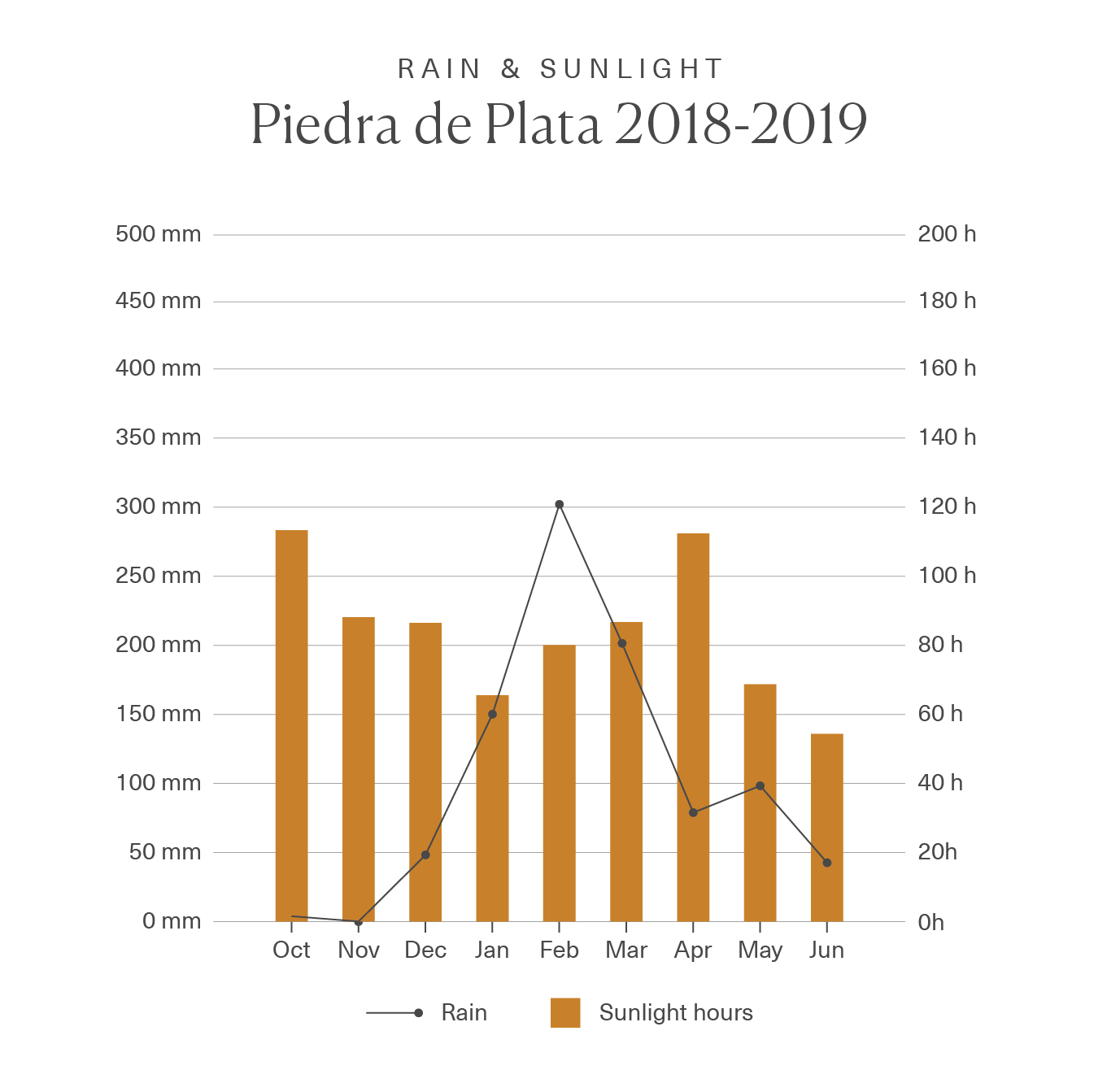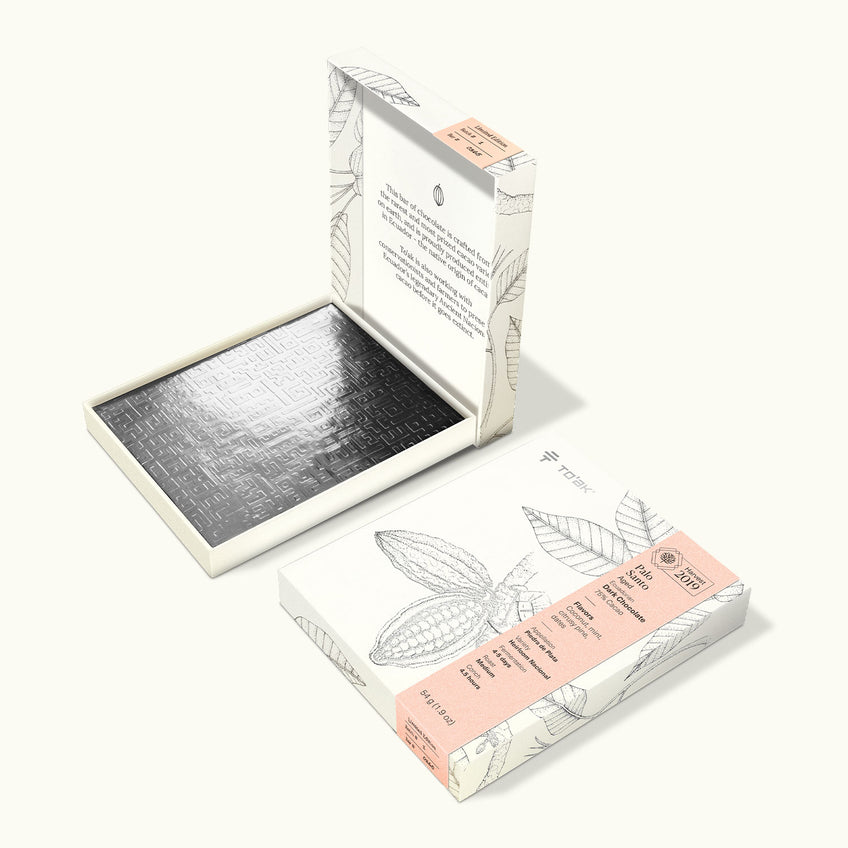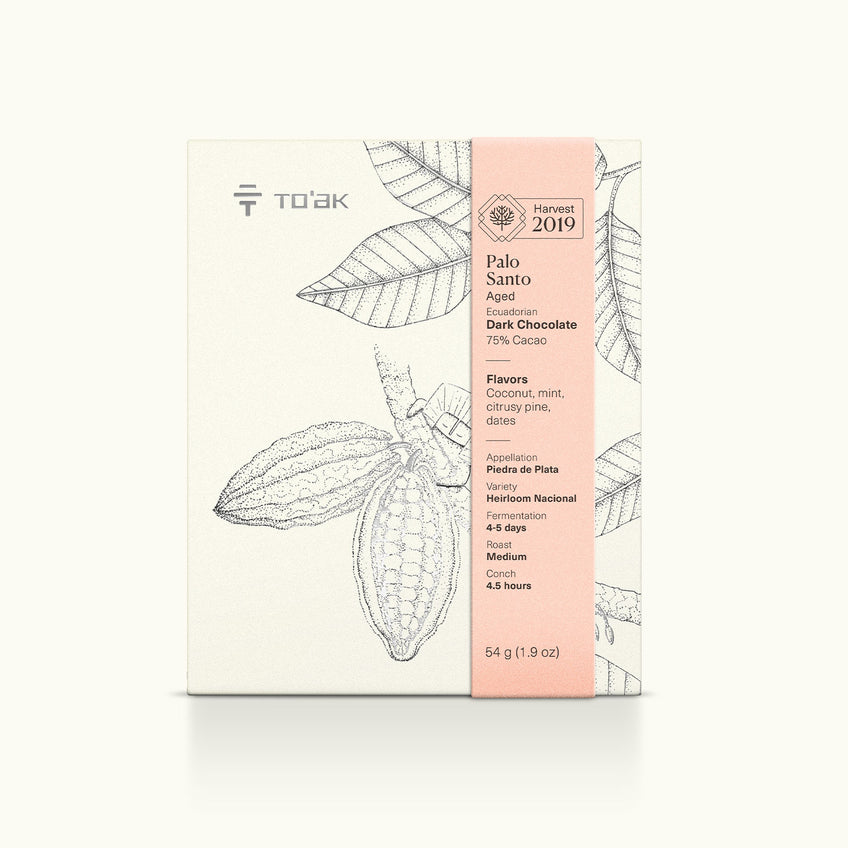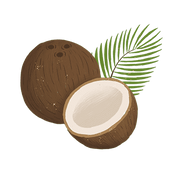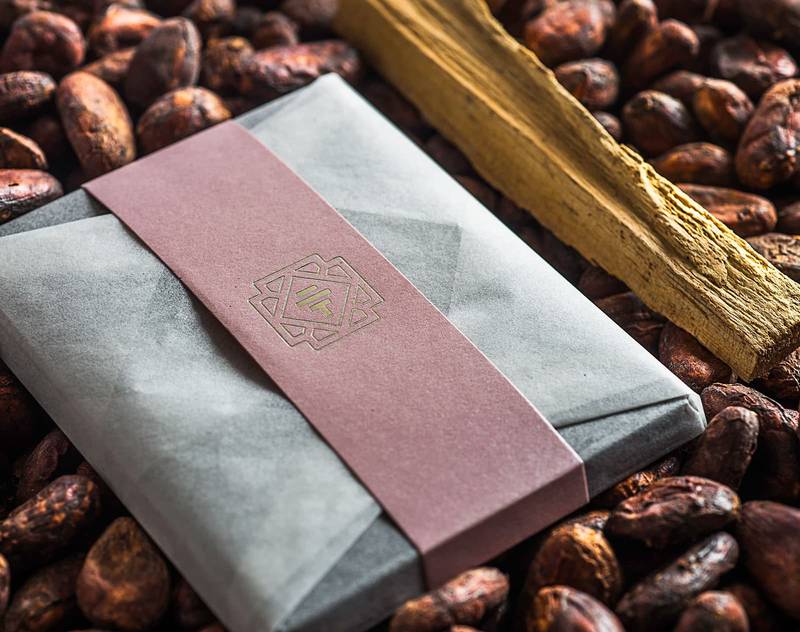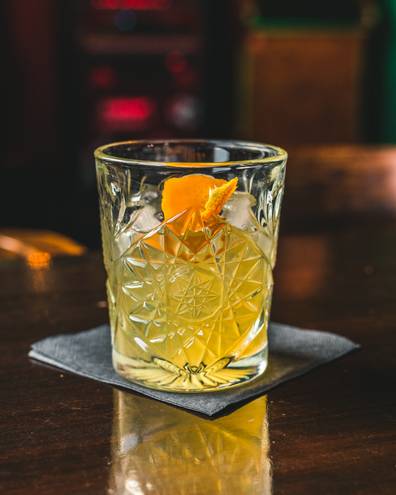Sacred Wood
Palo Santo is arguably the most emblematic wood of coastal Ecuador, and it is certainly the most aromatic. In recent years, the essential oils of Palo Santo, and the practice of burning its wood like incense, have become increasingly popular in countries across the world. People in Ecuador have been doing this same practice for thousands of years, from shamans to shopkeepers. People widely attribute medicinal and even spiritual properties to Palo Santo. Regardless of one’s beliefs, the aromatic power of Palo Santo is beyond question.
Palo Santo is a short tree that grows in the coastal dry forests of Ecuador. It belongs to the same family as frankincense and myrrh, of biblical fame. Chemically, the wood is rich in terpenes, such as limosene, αterpineol, and sesquiterpene viridiflorol. Terpenes are the primary constituent of essential oils. Palo Santo’s scientific name, Bursera graveolens, literally means “bag full of oils.” It’s common name, Palo Santo, means “sacred wood.”
In Ecuador, and increasingly in other parts of the world, shavings or small pieces of Palo Santo wood are burned like incense, producing a remarkably fragrant smoke. Interestingly, only naturally fallen wood from old trees (upwards of 80 years of age) produces the strong resinous character and powerful aroma that Palo Santo is known for. The resin migrates into the heartwood when the wood dies and lies on the forest floor for a period of years. Palo Santo trees don’t grow in plantations, and wild trees that are cut down before their time will yield only meager amounts of oil. Nature and time, as opposed to people, determine when Palo Santo is ready to be harvested.
Palo Santo wood is burned for a variety of reasons, some of them practical and others spiritual. In homes, hotels, and restaurants across coastal Ecuador, Palo Santo wood is burned in the evening to ward off mosquitos. It is also burned to cleanse a place or a person of bad energy, a method employed by shamans in ayahuasca ceremonies in the jungle as well as yoga instructors and other spiritual guides across the world.
At To’ak, Palo Santo has long been a part of our daily lives. It is an aroma that becomes inextricably linked with places and memories—like a warm night on the beach in Ecuador or in our house in the middle of the woods. There is also a regional component at play. Palo Santo grows most prolifically in the province of Manabí, which is also where we harvest our cacao. With all of these factors in mind, we decided to try aging To’ak chocolate in Palo Santo wood. Within months of our first experiments, we knew we had something special.
The first edition we chose to age with Palo Santo was our 2015 “Dark” (80.5%). It was a success, and as the last bar was soon to sell, we started looking for a new harvest year to age with Palo Santo. We found that our 2019 harvest (75%) was a perfect fit. This edition was naturally endowed with sweet citrus notes and a subtle floral bouquet. When aged with Palo Santo, it took on a similar profile to our 2015 edition, with floral aroma and resinous wood notes, but also a gentle note of dried cranberries that emerges in the background.
2019 Weather Chart
